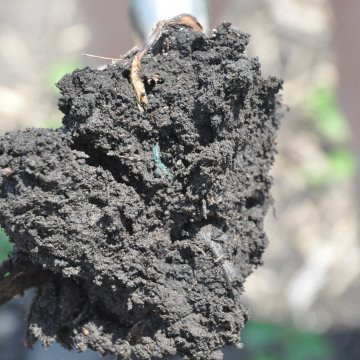Explore our blog featuring articles about farming and irrigation tips and tricks!
Conservation Practices Keep Land Sustainable

By: Terri Queck-Matzie
Most farmers are conservationists by nature. They love the land. They value their natural resources. They respect nature.
Translating that mind-set into profitable farm conservation practices can be a challenge. Yet, most try, sometimes with the help of industry experts and incentives.
Here are just some of the ways farmers work to preserve resources and make farming sustainable for generations to come.
A FOCUS ON SUSTAINABILITY
Of all the topsoil and organic matter early pioneers found on the Midwestern prairie when they broke the sod in the mid-1800s, only half remains. The reduction in organic matter means soils do not retain water as effectively. They dry out faster, and they saturate faster, increasing runoff.
Corn and soybeans are profitable crops in the Midwest, well suited to the climate and soil types, but depending primarily on rotating these two crops is likely not sufficient to preserve soil and keep farm ground sustainable.
Producers and experts are now looking to nature’s example of water collection and nutrient retention for long-term sustainability. No-till cultivation practices, cover crops, livestock, and crop diversity are being used to break weed and disease cycles and reduce erosion.
IMPROVING SOIL HEALTH
Conventional wisdom once held that a farmer could improve soil by tilling. Then came the Dust Bowl.
Since then, producers have learned that ecosystem degradation has lasting impact, and rejuvenating soil organic matter and carbon is a much longer and more arduous task than plowing it up.
Stay up to date on all T-L news and get alerts on special pricing!


